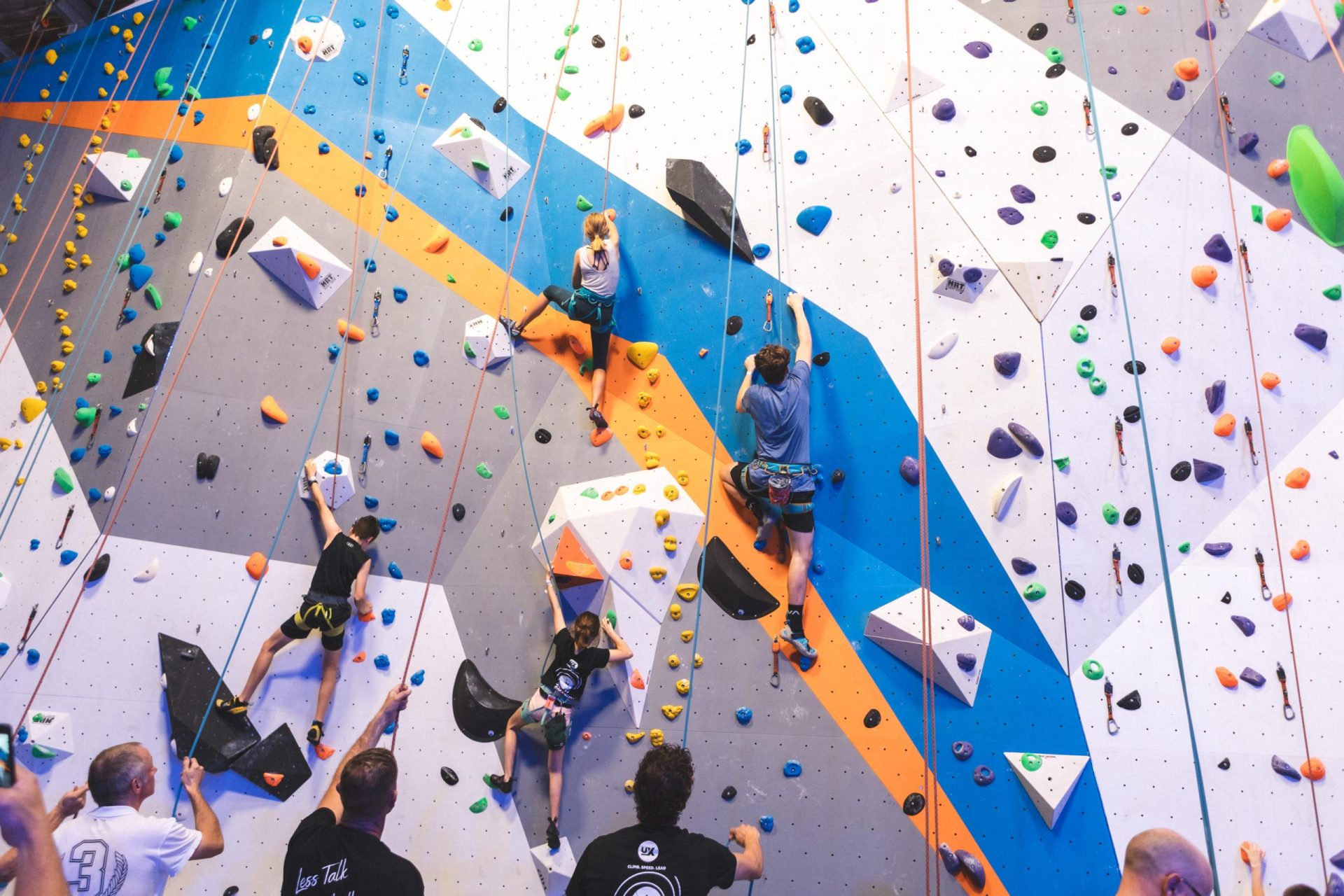Towering cliffs, rugged rocks, and breathtaking views — rock climbing has long been a thrilling adventure for both seasoned mountaineers and beginner enthusiasts alike. If you’re looking to conquer new heights and dip your toes into the exciting world of rock climbing, our guide is here to help. From essential tips to important safety guidelines, we’ve got you covered every step of the way. So lace up your climbing shoes and get ready to scale new heights with confidence and caution.
Introduction: Venturing into the World of Rock Climbing
Are you ready to embark on an exhilarating adventure into the world of rock climbing? This daring sport offers a thrilling challenge for beginners looking to push their limits and conquer new heights. Before you lace up your climbing shoes and harness up, it’s essential to familiarize yourself with the basics of rock climbing to ensure a safe and enjoyable experience.
Whether you’re scaling indoor climbing walls or venturing into the great outdoors, following safety guidelines is crucial to prevent accidents and injuries. Remember to always check your equipment, assess the climbing route, and communicate effectively with your climbing partner. Stay focused, stay positive, and most importantly, have fun as you embark on this rock climbing journey!

Essential Gear for Beginner Rock Climbers
When it comes to rock climbing, having the right gear is crucial for both safety and success on the rock face. As a beginner, it can be overwhelming to navigate the myriad of options available, but fear not! We’ve compiled a list of essential gear that every beginner rock climber should have in their arsenal:
- Climbing Shoes: Invest in a good pair of climbing shoes that fit snugly and provide adequate support for your feet.
- Helmet: Safety first! Always wear a climbing helmet to protect your head from falling rocks or debris.
- Chalk Bag: Keep your hands dry and improve your grip with a chalk bag that you can attach to your harness.
- Harness: A climbing harness is essential for securing yourself to the rope and ensuring your safety while climbing.
These are just a few of the crucial pieces of gear that every beginner rock climber should have. Remember, safety should always be your top priority when heading out to the crag. Stay safe, have fun, and happy climbing!

Safety First: Understanding Basic Climbing Techniques
When it comes to rock climbing, safety should always be the top priority. Before you hit the rocks, it’s crucial to have a good understanding of basic climbing techniques to ensure a safe and enjoyable experience. Here are some tips and safety guidelines for beginners:
- Use proper equipment: Make sure your harness, helmet, shoes, and other gear are in good condition and properly fitted before you start climbing.
- Check your surroundings: Before you begin your climb, take a moment to assess the rock face for any loose rocks or potential hazards.
- Stay hydrated: Climbing can be physically demanding, so remember to drink plenty of water to stay hydrated throughout your climb.
| Tip | Description |
|---|---|
| Start slow | Don’t rush into difficult climbs right away. Take your time to build your skills and confidence. |
| Listen to your body | If you’re feeling fatigued or in pain, it’s important to take a break and rest to prevent injuries. |

Choosing the Right Climbing Route: Strategies for Beginners
When embarking on your rock climbing journey as a beginner, it is crucial to understand and apply the right strategies when choosing climbing routes. One important tip is to start with easy routes that are well within your skill level. This will not only build your confidence but also help you learn the basics of climbing without overwhelming yourself. Look for routes that are labeled as beginner-friendly or have lower difficulty ratings.
Additionally, consider the type of climbing route that suits your preferences and strengths. Whether you prefer top-rope climbing, bouldering, or lead climbing, choose routes that align with your interests. It is also essential to assess the safety measures in place for each route. Look for routes that are well-equipped with reliable anchors, bolts, and proper belay stations to ensure a safe climbing experience. Remember to always prioritize your safety above all else when selecting a climbing route.
To Wrap It Up
Whether you’re looking to conquer new heights or simply challenge yourself in a new way, rock climbing can be a thrilling and rewarding adventure. By following the tips and safety guidelines outlined in this article, you’ll be well on your way to becoming a confident and capable climber. Remember, safety always comes first, so never hesitate to ask for guidance or assistance when needed. So grab your gear, lace up your shoes, and start reaching for the top! Happy climbing!
 Journey Junkies Hub
Journey Junkies Hub



